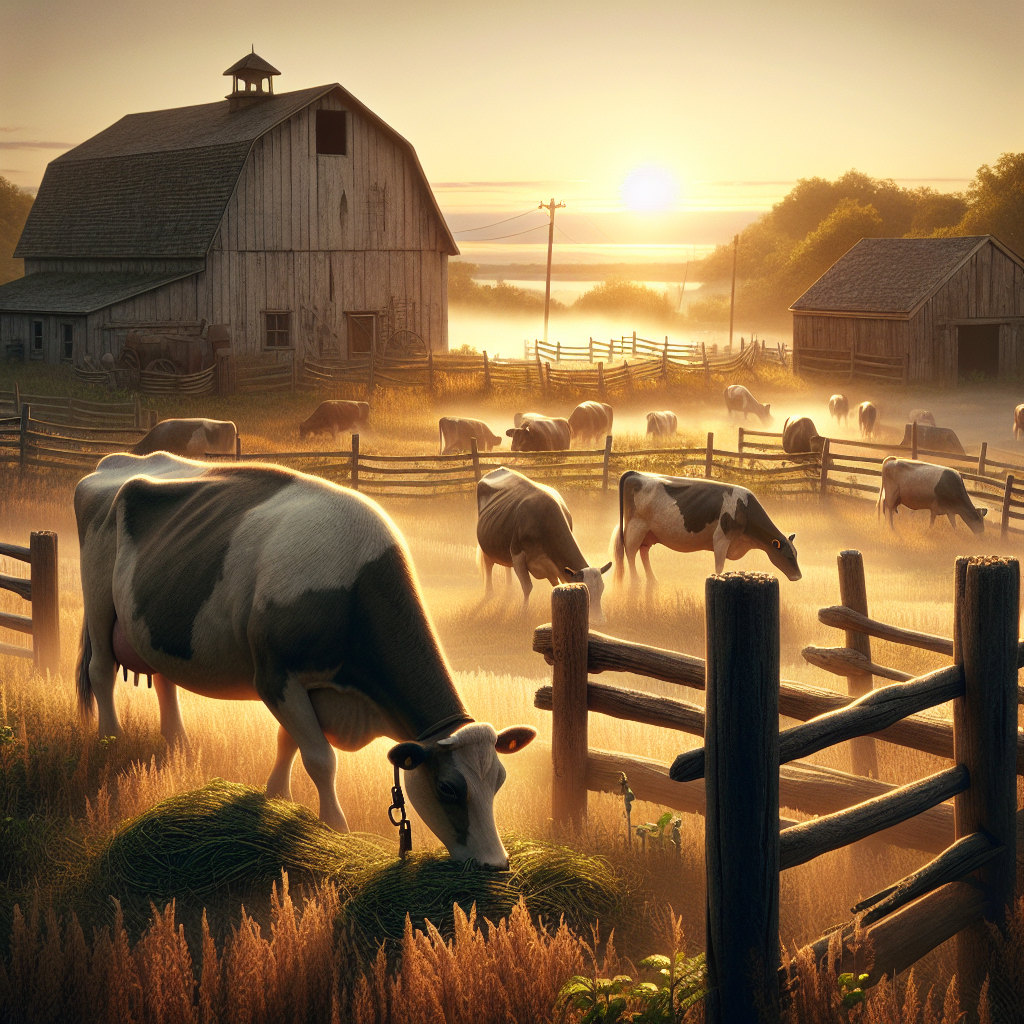
The Return of Bovine TB: A Threat to Our Farm
As winter jasmine blooms are busily traversed by bees, it’s easy to forget that we’re deep into November. While some scenes around our farm remain idyllic and serene, an unsettling issue looms: an age-old adversary, bovine tuberculosis (TB), has returned to threaten our livelihood.
A Troubling Discovery During Routine Testing
Recently, during our six-monthly TB test, a young steer was declared a “reactor,” marking our first case in nearly six years. Unlike some of our neighbors, who wait until the final day of testing to learn of their herd’s status, I prefer to prepare myself ahead of time. This early preparation is based on past painful experiences where we lost nearly half of our livestock.
Notwithstanding the visible swelling on the steer’s neck, more troubling signs have emerged on the farm. While badger digging is not unusual, the end of local culling has led to a notable increase. Even more concerning is a shift in their toileting habits.
An Increase in Risk: Badger Activity and Disease Transmission
Previously, badger latrines were communal and easy to fence off. However, their behavior has changed to a more indiscriminate pattern, evidenced by random hollows filled with fresh droppings. The risk here is clear: cattle, being naturally inquisitive, often investigate new smells by sniffing or licking. If they encounter badger faeces containing TB bacteria, the likelihood of infection increases drastically.
Although covering these faeces with earth has become routine, it feels like a never-ending game of “whack-a-mole.” Meanwhile, the farm is not only at risk from badgers.
Caught Between Deer and Disease
Our fields are frequently visited by herds of fallow deer, sometimes numbering six to eight. They elegantly traverse the landscape, inevitably leaving behind dung and mingling with our water sources. Such interaction further heightens the risk of cross-contamination.
The postmortem conducted on the reactor steer revealed “no visible lesions,” implying the infection might be recent. However, skeptics of the TB skin test might argue it signifies no infection at all. This uncertainty looms large, making what appears as an isolated case a potential forewarning of more severe problems ahead.
Strategies for Managing Bovine TB on Farms
- Regular Testing: Routine six-monthly testing should be continued and encouraged among neighboring farms.
- Preventative Measures: Implement strict biosecurity measures to keep wildlife away from cattle pastures.
- Land Management: Enhance management practices, such as fencing off contaminated areas promptly, to minimize risks.
- Community Collaboration: Work closely with neighboring farms and community organizations to form strategies against TB.
- Improved Monitoring: More detailed monitoring of wildlife behavior to anticipate and mitigate potential outbreaks.
Conclusion: A Persistent Threat
Given these developments, it’s not just the beauty of nature we must consider, but also its underlying challenges. Bovine TB remains an ever-present threat, changing not only how we manage our livestock but also how we interact with the surrounding ecosystem.
While it is easy to become complacent during long periods without incident, vigilance and proactive management are essential. Our future well-being and farm productivity hinge on the diligence with which we prepare and respond to these agricultural challenges.
Get Involved
Engagement and education remain critical. For those managing similar challenges, sharing experiences and strategies can prove invaluable. Don’t hesitate to join forums, attend community meetings, and collaborate with experts to ensure your farm remains TB-free.
Published with insights from the book “Under the Changing Skies: The Best of the Guardian’s Country Diary, 2018-2024.” You can order your copy with a 15% discount at guardianbookshop.com.
Source: https://www.theguardian.com/environment/2024/nov/28/the-return-of-bovine-tb-is-a-threat-to-our-farm

